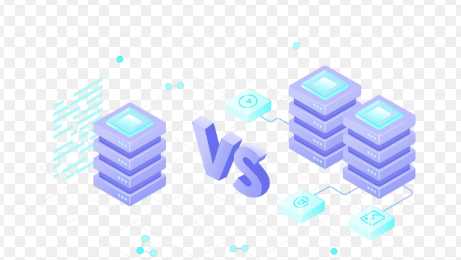Data is the lifeblood of the digital age. It is the raw material that powers the algorithms that make our lives easier and more efficient. However, not all data is created equal. In the world of data, there are two distinct types: structured and unstructured data. In this blog post, we will discuss the key differences between structured and unstructured data.
Structured Data
Structured data is organized and formatted in a way that makes it easy to search, sort, and analyze. It is typically stored in databases and can be accessed using SQL or other query languages. Structured data is highly organized, and the relationships between the data are clearly defined. This makes it easy to perform complex queries and extract insights.
Structured data includes data that is numerical or categorical in nature, such as customer names, addresses, product descriptions, and sales figures. Examples of structured data include Excel spreadsheets, SQL databases, and CRM systems.
Structured data is typically used in applications that require high levels of accuracy and precision. For example, financial institutions use structured data to analyze stock prices and make investment decisions.
Unstructured Data
Unstructured data, on the other hand, is not organized in a predefined manner. It includes data that is text-heavy, such as emails, social media posts, and customer reviews. Unstructured data is often generated in real-time and is difficult to analyze using traditional methods.
Unstructured data is typically stored in documents, files, and other unstructured formats. It is often difficult to search and analyze because it lacks the structure and organization of structured data.
Unstructured data is used in applications that require a more qualitative approach. For example, marketers use unstructured data to understand customer sentiment and develop targeted campaigns.
Key Differences Between Structured and Unstructured Data
Organization
The primary difference between structured and unstructured data is their organization. Structured data is highly organized and formatted, whereas unstructured data is not.
Searchability
Structured data is easily searchable using SQL or other query languages. Unstructured data, on the other hand, is more difficult to search and requires more advanced techniques such as natural language processing.
Volume
Structured data typically makes up a smaller portion of an organization's data than unstructured data. Unstructured data is generated in larger volumes due to the proliferation of social media, emails, and other digital channels.
Analysis
Structured data is easier to analyze due to its organized nature. Unstructured data, on the other hand, requires more advanced techniques such as machine learning and natural language processing.
Use Cases
Structured data is typically used in applications that require high levels of accuracy and precision, such as financial analysis. Unstructured data, on the other hand, is used in applications that require a more qualitative approach, such as understanding customer sentiment.
Conclusion
Structured and unstructured data are two distinct types of data that serve different purposes. Structured data is highly organized and formatted, whereas unstructured data lacks structure and organization. Structured data is easier to search and analyze, whereas unstructured data requires more advanced techniques such as natural language processing. Organizations that can effectively harness both structured and unstructured data will be better equipped to extract insights and drive business value.




Leave Comment